
The painting "The Violin" by Pablo Picasso is a picturesque masterpiece about music
"The Violin" is a painting created by Pablo Picasso as part of a series of works dedicated to musical instruments. The artwork depicts scattered fragments of a violin enclosed within an oval frame.
Art historians say that "The Violin" is not just about a musical instrument but about music as a whole. More precisely, it represents the artist's perception of music. The painting resembles a collage assembled from different parts of the instrument, visible from various viewpoints. The texture of the wood is perfectly conveyed. All the fragments are precisely fitted within the oval—the most harmonious and organic geometric shape that, according to the master, should be associated with a violin in the viewer's imagination. In essence, an analogy with music emerges: notes and chords unified by harmony.
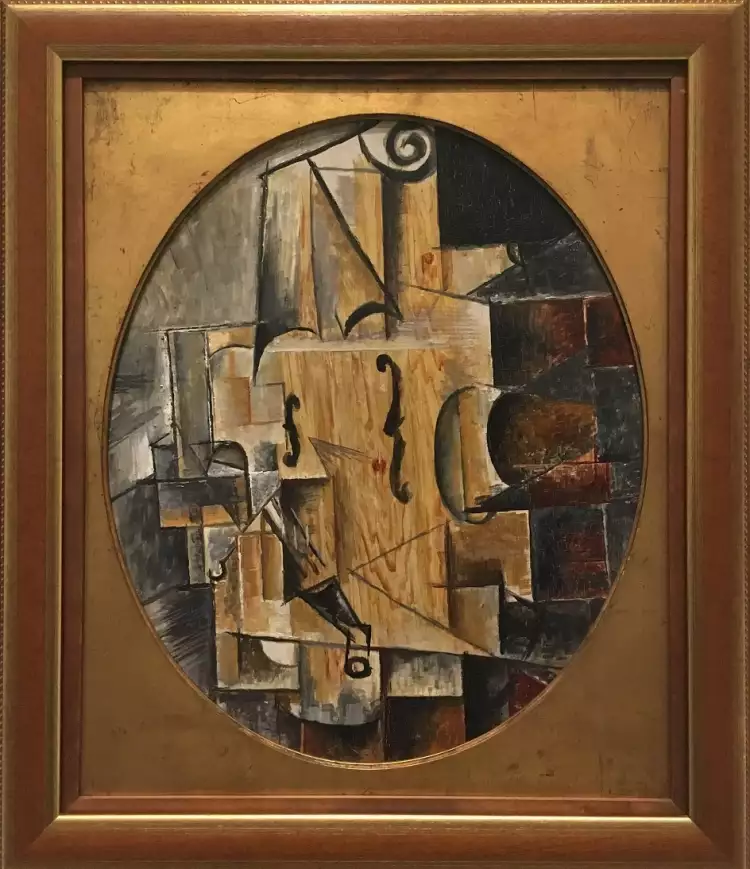 Pablo Picasso. The Violin, 1912
Pablo Picasso. The Violin, 1912
- Title of the painting: "The Violin"
- Artist: Pablo Picasso (1881-1973).
- Year of creation: 1912.
- Size: 55 cm x 46 cm.
- Style: Cubism.
- Genre: Still life.
- Technique: Oil.
- Material: Canvas.
- Location: Pushkin Museum of Fine Arts, Moscow, Russia.
Pablo Picasso was a great painter of both France and Spain. His artistic legacy left a profound impact on culture, and according to the recognition of many art enthusiasts, he is the greatest master of the 20th century. His oeuvre consists of over 20,000 works, making him one of the most prolific artists in the history of the world.
"The Violin" is a seminal work by the artist. It marked the beginning of Picasso's journey into the so-called "synthetic" cubism. As a true genius, Picasso could not confine his talent to a single form of art. Hence, his activities were diverse: theater set design, sculpture, painting, graphics, ceramics.
This masterpiece became the first in a series of works featuring musical instruments. In 1912, the artist was engaged in the search for new paths in painting. During the spring, he traveled to Sorgues, where he created several works using a completely different technique. It was still cubism, the movement pioneered by Picasso, but it was an entirely new form of cubism. The artist seemingly dissects the object into multiple fragments and then invites the viewer to assemble them together. The task is further complicated by the fact that the pieces are depicted from different angles.
Pablo Picasso's painting "The Violin" served as a starting point for his exploration of this new style, a kind of "experimental sphere." Its emergence became the catalyst for other cubist works by the master, where the genius of his talent reached its highest peak.
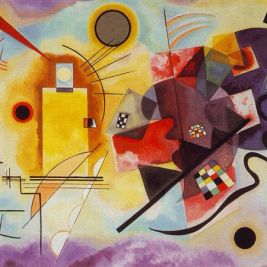 Avant-garde - the vanguard of the bold and resolute. Avant-garde styles in painting
Avant-garde - the vanguard of the bold and resolute. Avant-garde styles in painting  Antique arms and armour from all over the world
Antique arms and armour from all over the world 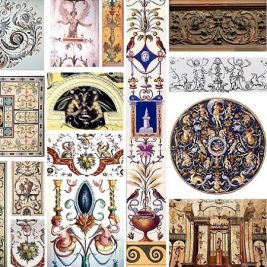 Grotesque is an eccentric art with harmless humor
Grotesque is an eccentric art with harmless humor 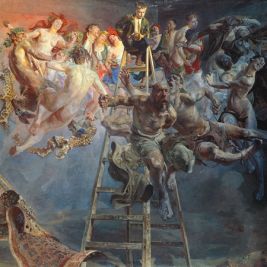 Symbolism: the essence of the term, history in painting, distinctive features, famous symbolists
Symbolism: the essence of the term, history in painting, distinctive features, famous symbolists 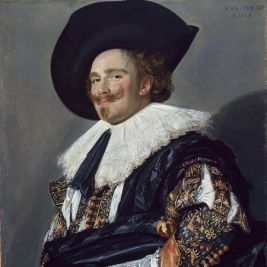 Portrait - a genre of painting: essence, types, history of the genre, famous portraits and portrait artists
Portrait - a genre of painting: essence, types, history of the genre, famous portraits and portrait artists 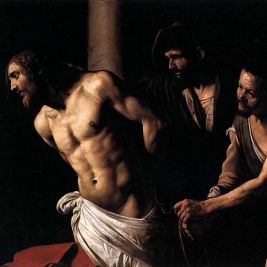 Caravaggism: The Struggle of Light and Darkness
Caravaggism: The Struggle of Light and Darkness  Luxury Cars at Monterey Auctions: A Showcase of Iconic Vehicles
Luxury Cars at Monterey Auctions: A Showcase of Iconic Vehicles 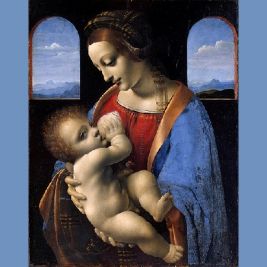 Renaissance is an era of great names
Renaissance is an era of great names 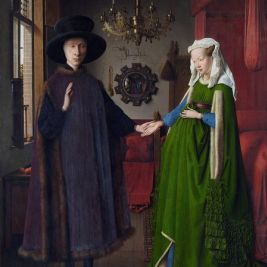 The most famous Dutch painters: 7 renowned masters from Van Eyck to Van Gogh
The most famous Dutch painters: 7 renowned masters from Van Eyck to Van Gogh  Romanticism style in interior design is characterized by classical elegance, softened with colors and lace
Romanticism style in interior design is characterized by classical elegance, softened with colors and lace